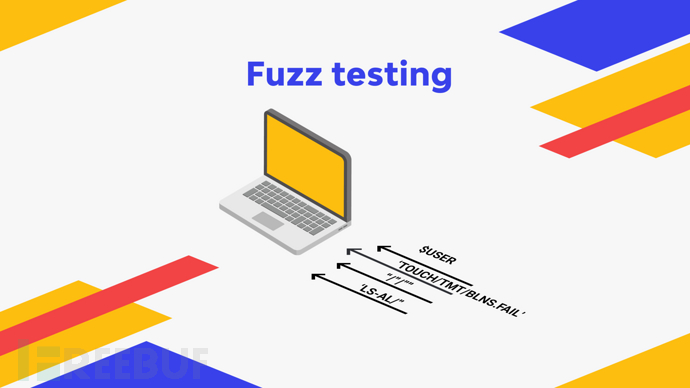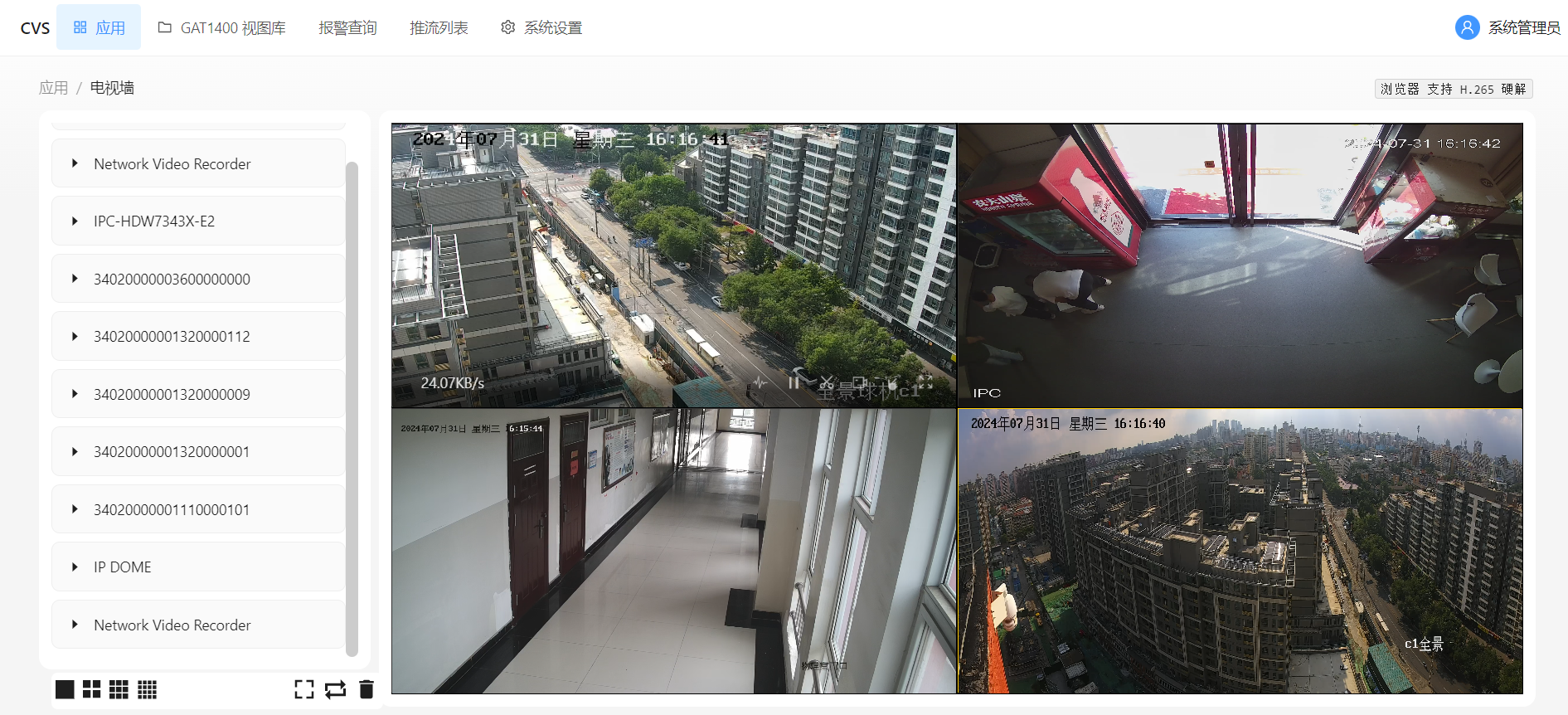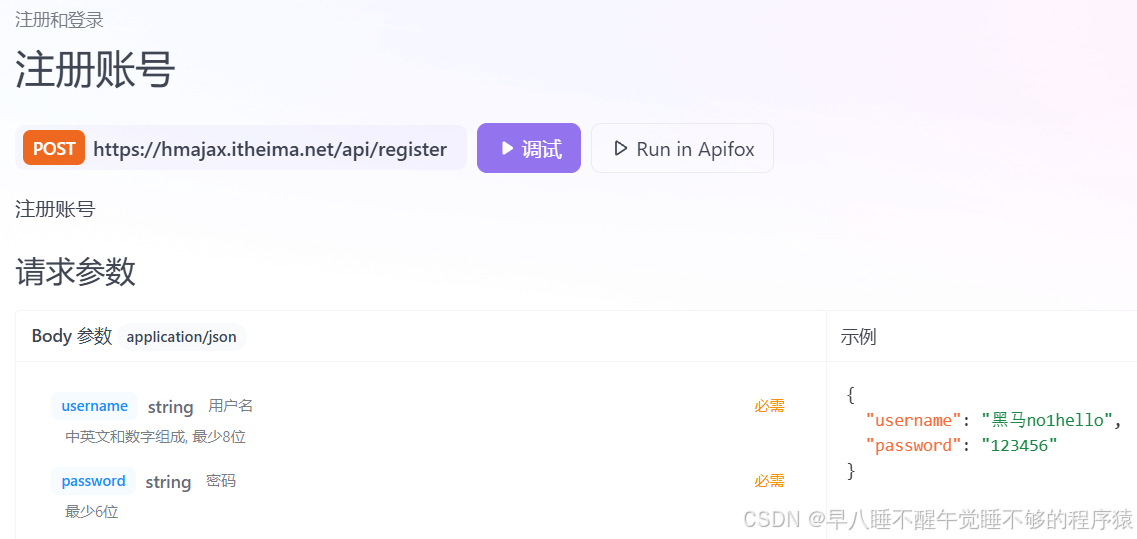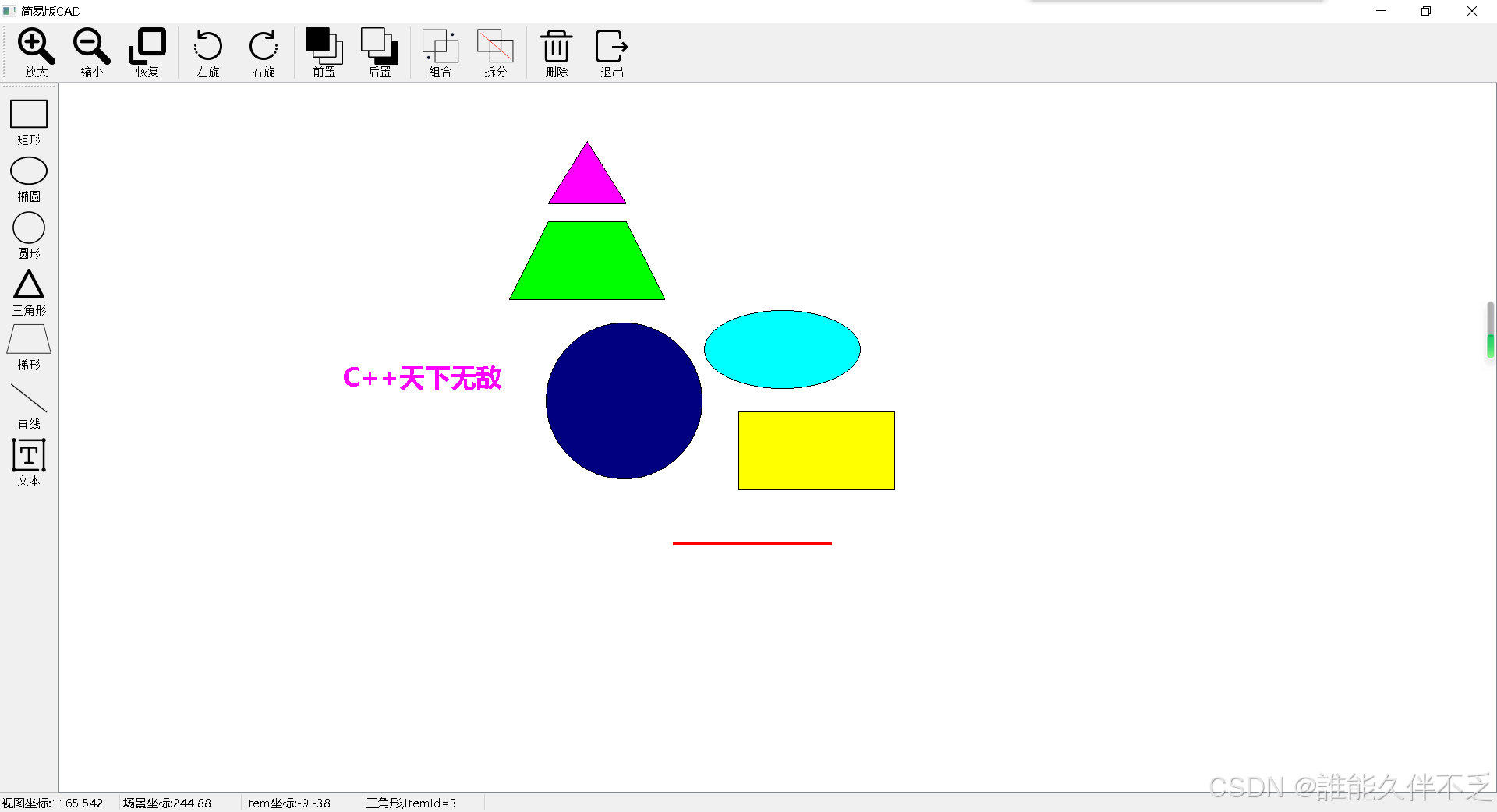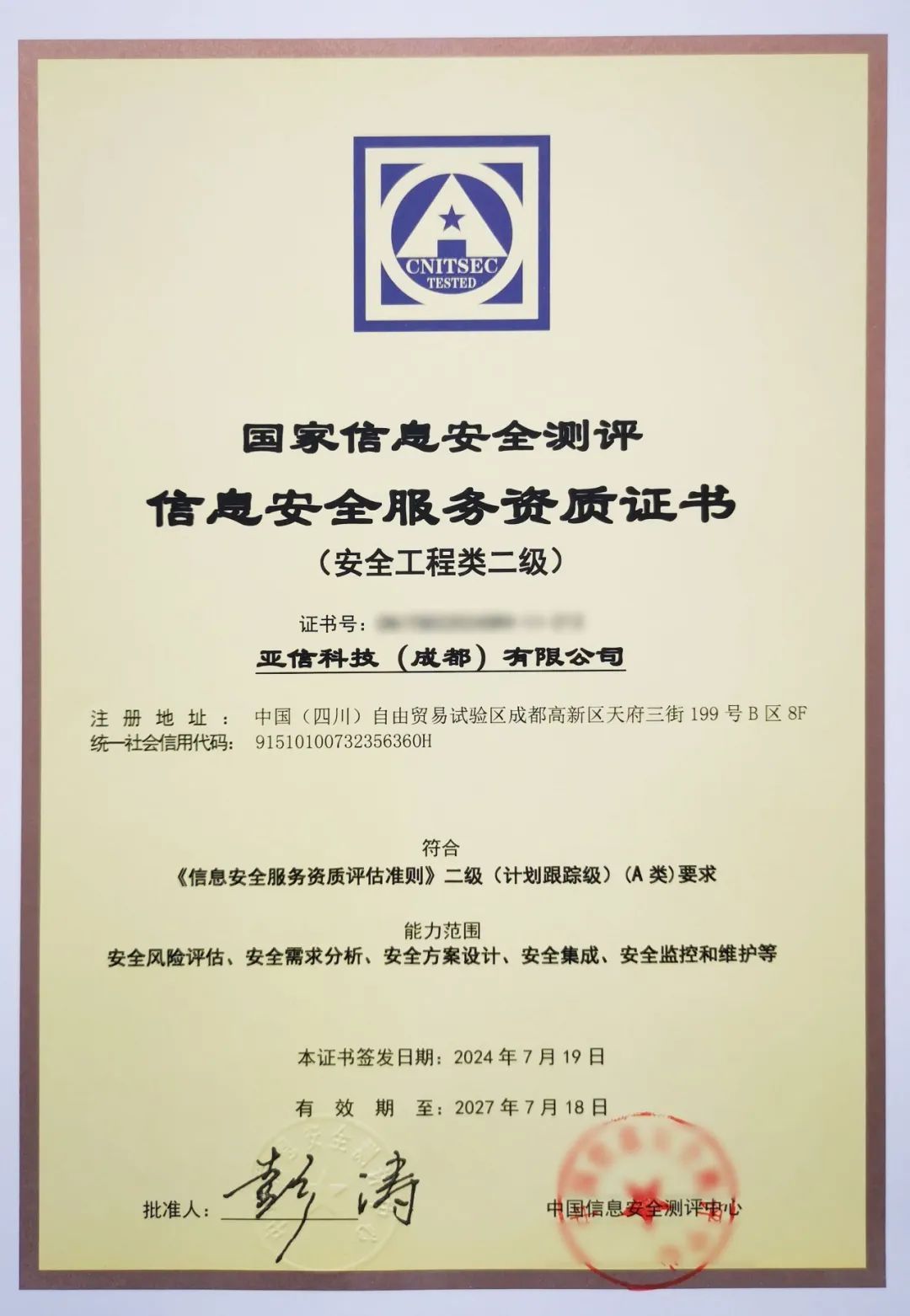1.Mybatis的定义
数据持久化是将内存中的数据模型转换为存储模型,以及将存储模型转换为内存中数据模型的统称。例如,文件的存储、数据的读取以及对数据表的增删改查等都是数据持久化操作。MyBatis 支持定制化 SQL、存储过程以及高级映射,可以在实体类和 SQL 语句之间建立映射关系,是一种半自动化的 ORM 实现。其封装性低于 Hibernate,但性能优秀、小巧、简单易学、应用广泛。ORM(Object Relational Mapping,对象关系映射)是一种数据持久化技术,它在对象模型和关系型数据库之间建立起对应关系,并且提供了一种机制,通过 JavaBean 对象去操作数据库表中的数据。MyBatis 的主要思想是将程序中的大量 SQL 语句剥离出来,使用 XML 文件或注解的方式实现 SQL 的灵活配置,将 SQL 语句与程序代码分离,在不修改程序代码的情况下,直接在配置文件中修改 SQL 语句。MyBatis 与其它持久性框架最大的不同是,MyBatis 强调使用 SQL,而其它框架(例如 Hibernate)通常使用自定义查询语言,即 HQL(Hibernate查询语言)或 EJB QL(Enterprise JavaBeans查询语言)
2.搭建Mybatis
注入依赖:
<dependencies><dependency><groupId>org.mybatis.spring.boot</groupId><artifactId>mybatis-spring-boot-starter</artifactId><version>2.2.2</version></dependency><dependency><groupId>org.springframework.boot</groupId><artifactId>spring-boot-starter-web</artifactId><version>2.6.6</version></dependency><dependency><groupId>org.springframework.boot</groupId><artifactId>spring-boot-devtools</artifactId><version>2.6.6</version></dependency><dependency><groupId>org.slf4j</groupId><artifactId>slf4j-api</artifactId><version>1.7.14</version></dependency><dependency><groupId>mysql</groupId><artifactId>mysql-connector-java</artifactId><version>8.0.26</version></dependency></dependencies>3.配置数据源
配置好数据源后,后端和数据库之间就建立起了联系
以下是配置数据源的代码:
//配置数据源
spring:datasource:username: rootpassword: 123456driver-class-name: com.mysql.cj.jdbc.Driverurl: jdbc:mysql://localhost:3306/easydata
//接收到mapper请求后,程序会去mapper文件夹下寻找xml文件
mybatis:mapper-locations: classpath:mapper/*.xml
//打印debug日志
logging:level:com.easy.dao: debug
4.增删改查操作:
1.创建一个部门表(department)

2.在编译工具(idea,ecilipse)中,在bean包下创建一个Department的实体类:
public class Department {private int id;private String code;private String name;public int getId() {return id;}public void setId(int id) {this.id = id;}public String getCode() {return code;}public void setCode(String code) {this.code = code;}public String getName() {return name;}public void setName(String name) {this.name = name;}@Overridepublic String toString() {return "Department [id=" + id + ", code=" + code + ", name=" + name + "]";}}3.在dao包下创建一个接口:
package com.easy.dao;import org.apache.ibatis.annotations.Mapper;import com.easy.bean.Department;@Mapper
public interface IDepartmentDao {int addDepartment(Department dep);int delDepartment(int id);int editDepartment(Department dep);Department selectDepartment(int id);
}
4.在resources文件夹下创建一个mapper文件夹,然后创建一个对应department表的xml文件:
insert:增
delete:删
update:改
select:查
<?xml version="1.0" encoding="UTF-8"?>
<!DOCTYPE mapper
PUBLIC "-//mybatis.org//DTD Mapper 3.0//EN"
"http://mybatis.org/dtd/mybatis-3-mapper.dtd">
<mapper namespace="com.easy.dao.IDepartmentDao"><insert id="addDepartment">insert into department(code,name) value(#{code},#{name})
</insert><delete id="delDepartment">delete from department where id=#{id}
</delete><update id="editDepartment">update department set code=#{code},name=#{name} where id=#{id}
</update><select id="selectDepartment" resultType="com.easy.bean.Department">select code,name from department where id=#{id}
</select></mapper>
5.在controller包下创建一个Controller类:
这里我没有把导入包这部分的代码贴到下面,请注意!!!
@RestController
public class EasyDepController {@AutowiredIDepartmentDao dao;@PostMapping("adddept")public String addDepartment(Department dep) {dao.addDepartment(dep);return "add 成功";}@DeleteMapping("deletedept/{id}")public String delDepartment(@PathVariable int id){dao.delDepartment(id);return "delete 成功";}@PutMapping("updatedept")public String editDepartment(Department dep) {dao.editDepartment(dep);return "update 成功";}@GetMapping("selectdept/{id}")public Department selectDepartment(@PathVariable int id) {return dao.selectDepartment(id); }
}
这样就实现了前后端之间的交互
5.增删改查中要注意的点
$和#的区别:
#是占位符,会先占位,可以有效防止SQL注入(SQL注入就是SQL语句的结果被其他语句影响,造成查询结果错误的结果)
$会被程序识别为字符串,容易被SQL注入


